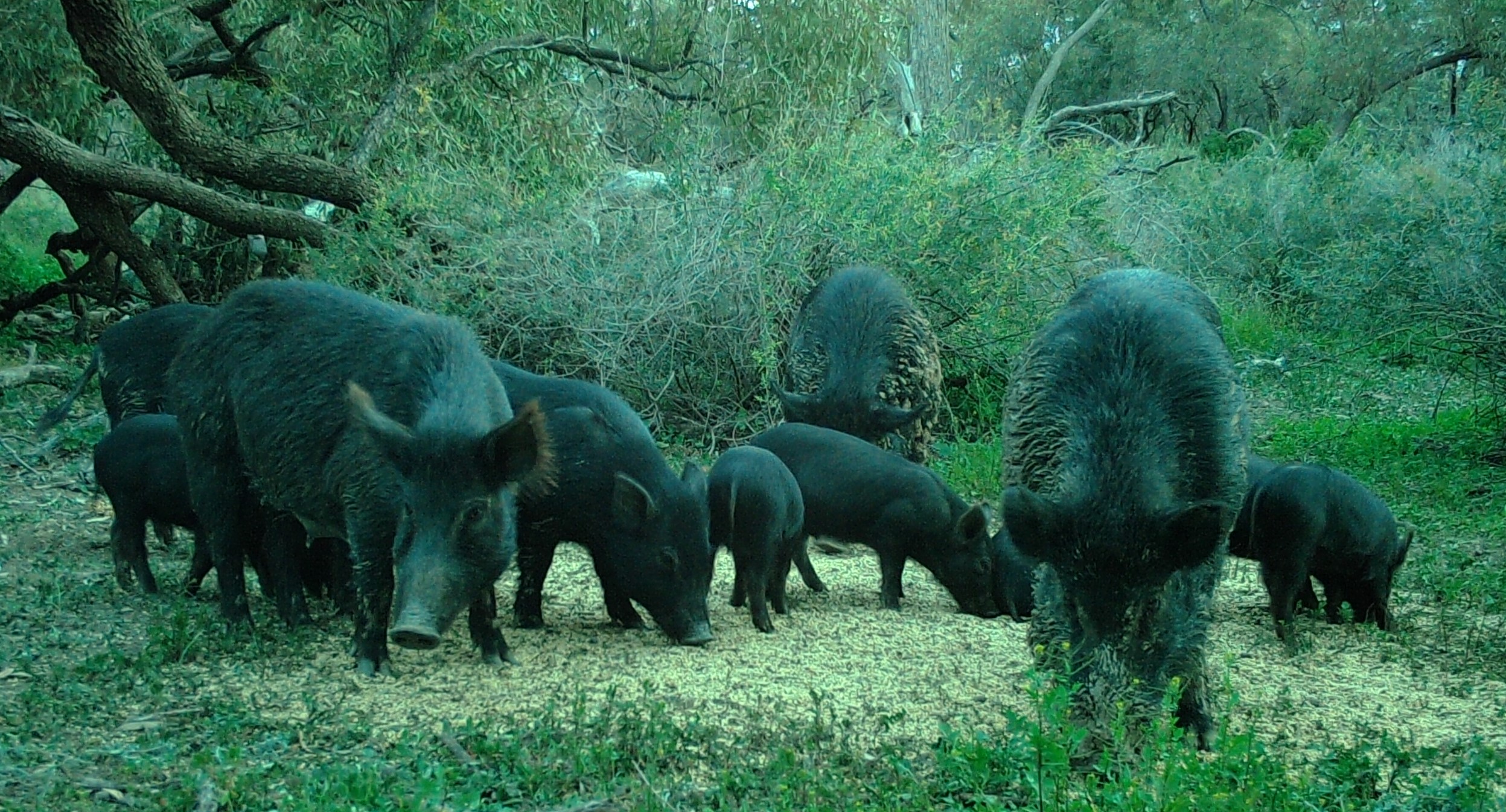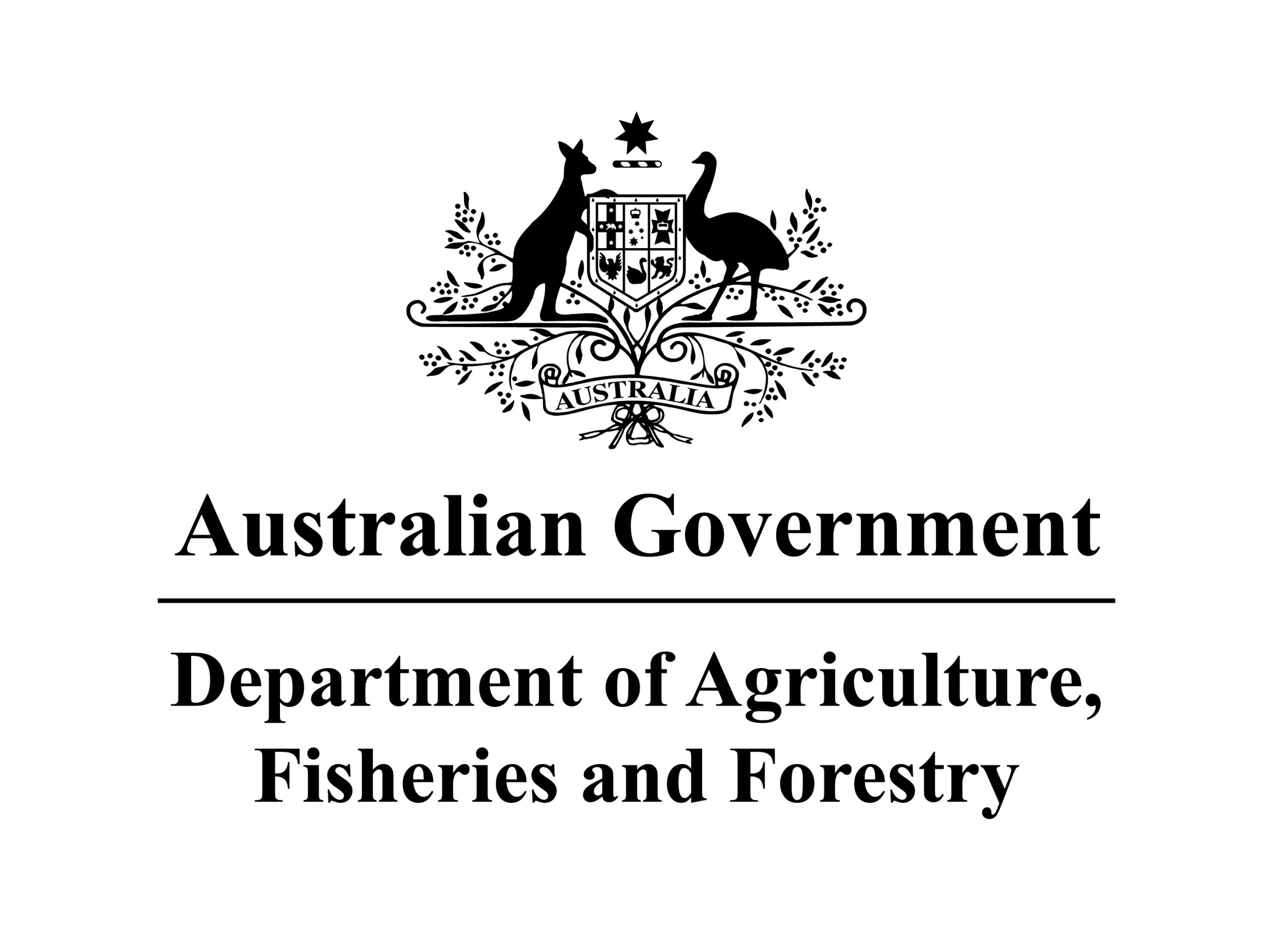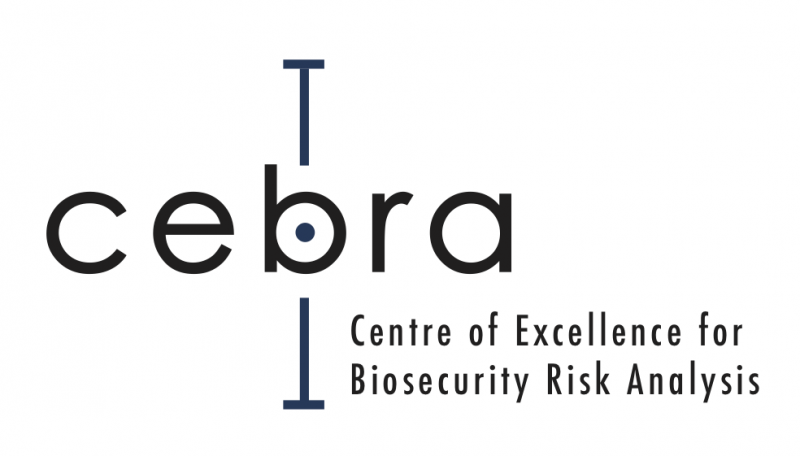Models to inform foot-and-mouth disease management in wild host populations in NSW, Australia
Project Summary
Research and development of a spatiotemporal model of exotic disease transmission in wildlife is required to evaluate the effect of different management interventions on establishment, spread, and spillover of diseases into livestock. The test case will be foot and mouth disease (FMD) in NSW feral pigs, however, the methodologies and tools developed will be adaptable to other emergency animal diseases of interest, other vertebrate pest species, and other areas of Australia.
The developed model will be based on the Australian Animal Disease Spread modelling framework (AADIS) (www.aadis.org). The position is ideally suited to a candidate with an honours or masters research qualification in veterinary science, epidemiology, ecology, or wildlife/feral pest management, and an interest in spatiotemporal disease modelling. The project is a great opportunity for a candidate to develop leading-edge epidemiological and ecological modelling skills whilst collaborating with government scientists, livestock industry and vertebrate pest specialists and university researchers on an important real-world problem.
Degrees available for this project
Doctor of Philosophy (PhD)
Available scholarships
Applicants are automatically considered for a range of scholarships, some requiring standalone application. Further information on available scholarships is available here. Additionally, a project-specific scholarship is being provided by the Vertebrate Pest Research Unit within the NSW Department of Primary Industries (DPI).
Project details
Australia’s animal, plant, and environmental health faces many threats from exotic pathogens and invasive species. Of particular concern to livestock industries are emergency animal diseases (EADs) such as FMD, African swine fever and lumpy skin disease. FMD is estimated to circulate in 77% of the global livestock population and is endemic in Africa, the Middle East, Asia, and South America. It was detected in neighbouring Indonesia in 2022 and was subsequently declared endemic. It has been estimated that a large multi-state outbreak of FMD in Australia will bring economic damages of A$80 billion over ten years, primarily from the loss of export markets that are predicated on FMD-free status.
Australia has sizable populations of feral pigs, deer, cattle, and water buffalo – all susceptible to FMD. The potential for persistent infection in feral populations and spillover transmission with livestock is not well understood. EAD outbreaks are complex spatiotemporal problem spaces due to the heterogeneity of host species, livestock production systems, on-farm biosecurity, climate, and uncertainty in the distribution and abundance of feral species and the degree of their direct and indirect contact with livestock.
Epidemiological models such as AADIS can be used as decision support tools to inform preparedness and planning for EAD outbreaks. AADIS allows experimentation on incursion scenarios, potential spread pathways, and candidate control options. It is used by state, federal, and international Governments to help formulate animal health policy.
The project will produce a decision support tool to compare likely outcomes of different feral pig management strategies on the spread and persistence of FMD in NSW. The intensity of surveillance and population control will depend on feral pig abundance, control difficulty (for example due to terrain or remoteness), policy choices, and available resources. The model shall also simulate the recovery of feral pig populations following knock-down from disease, seasonal conditions and/or control. There is substantial uncertainty around much of the data and parameters that will be needed to parameterise the model. The project will consider this uncertainty and identify important gaps in data which, if addressed, would have the greatest benefits for model reliability and improving confidence in model outputs. The model will take regional and seasonal heterogeneity into account as well as the effect of livestock production systems and on-farm biosecurity on spillover transmission.
The methodologies and tools developed will ideally be extensible to diseases other than FMD, feral species other than pigs, and regions other than NSW.
Offered by
The University of Melbourne Faculty of Science, in collaboration with the Vertebrate Pest Research Unit within the NSW Department of Primary Industries, and the Australian Department of Agriculture, Fisheries and Forestry.
Location
Centre of Excellence for Biosecurity Risk Analysis (CEBRA), The University of Melbourne, Parkville, Victoria, Australia
Supervision team
A/Prof Richard Bradhurst, Principal Research Fellow, CEBRA, University of Melbourne
Dr Andrew Bengsen, Senior Research Scientist, Vertebrate Pest Research Unit, NSW DPI
Dr James Camac, Senior Research Fellow, CEBRA, University of Melbourne
Prof Emeritus Ian Robertson, School of Veterinary Medicine, Murdoch University
Fields of research
Veterinary sciences, Ecology, Epidemiological modelling, Wildlife disease ecology
Further information
richard.bradhurst@unimelb.edu.au
andrew.bengsen@dpi.nsw.gov.au






